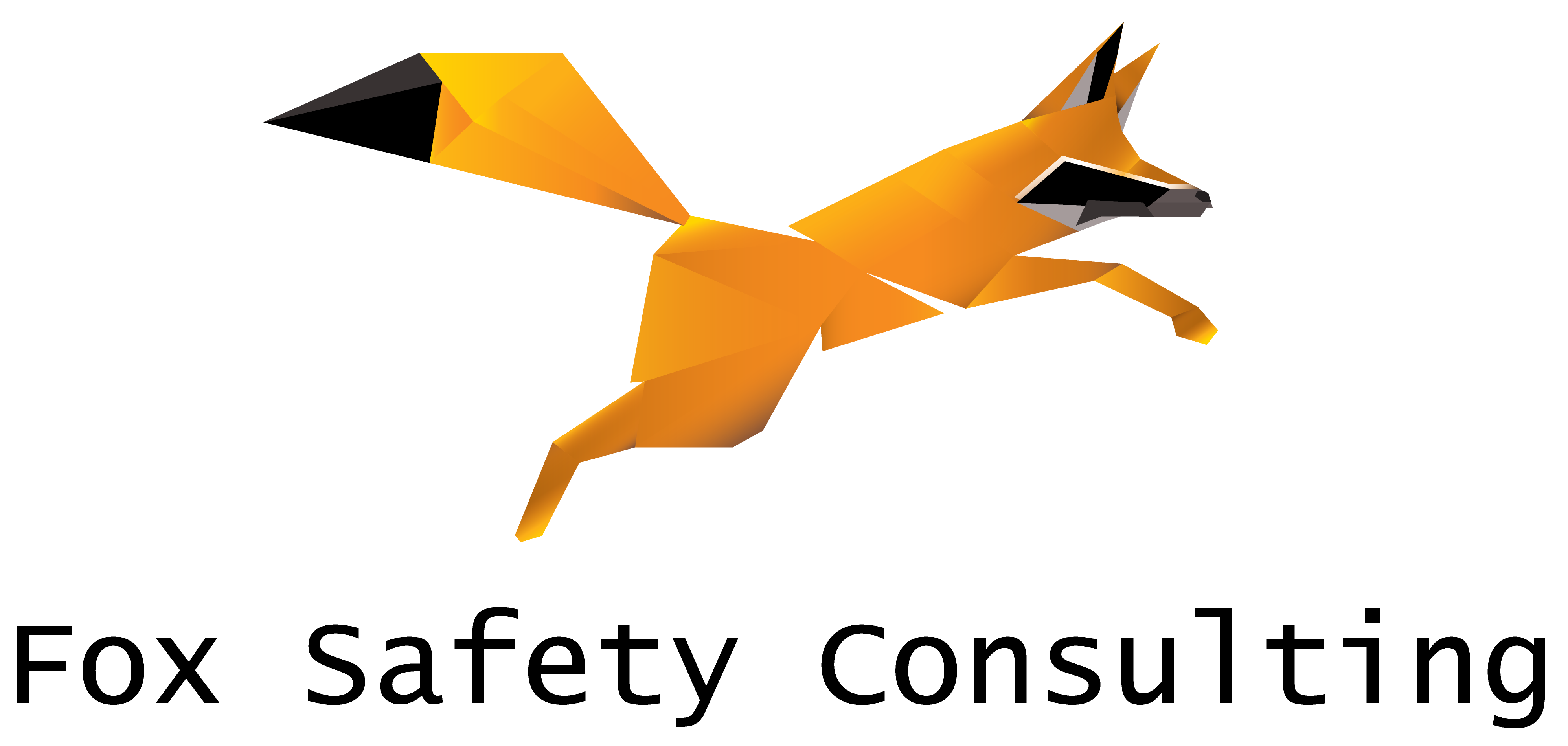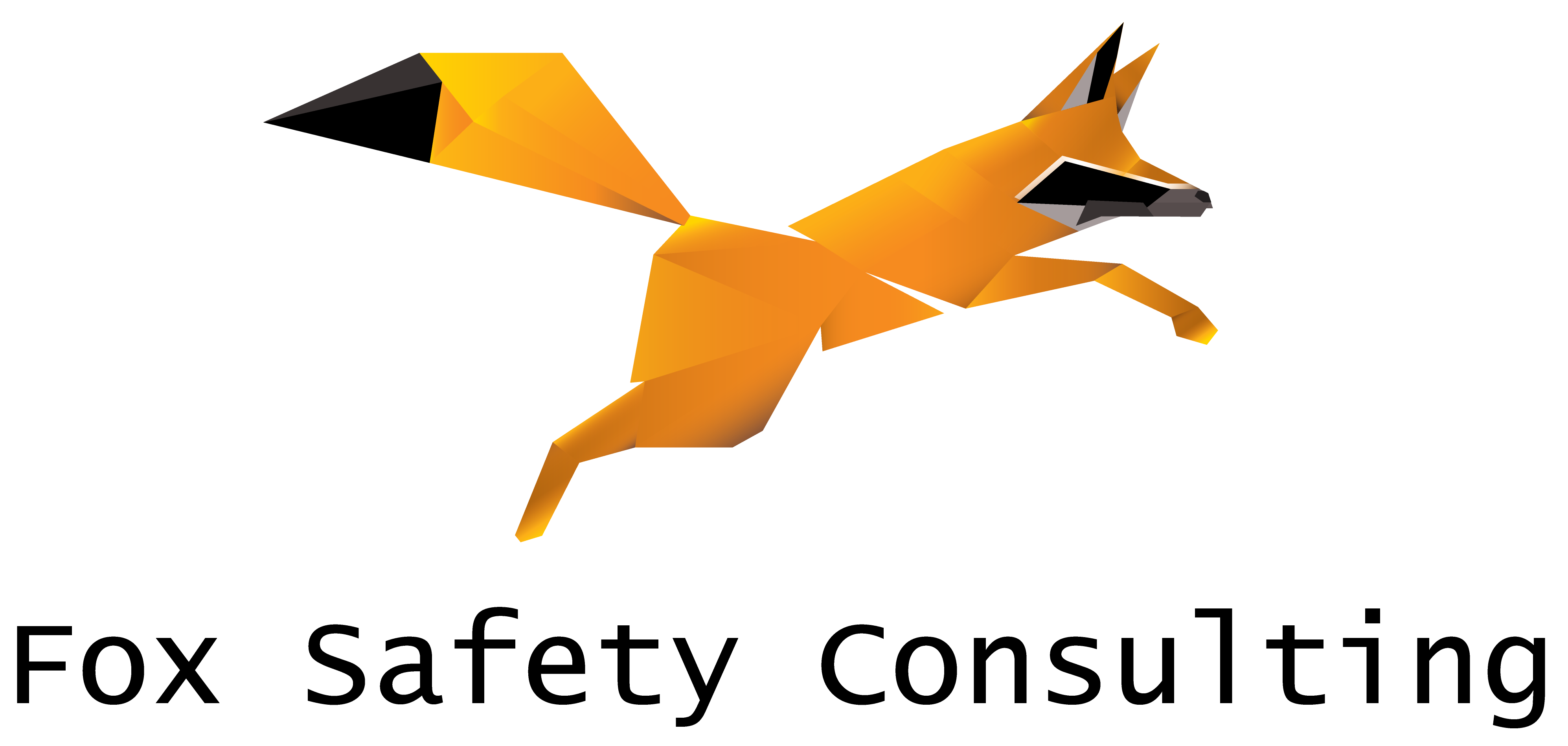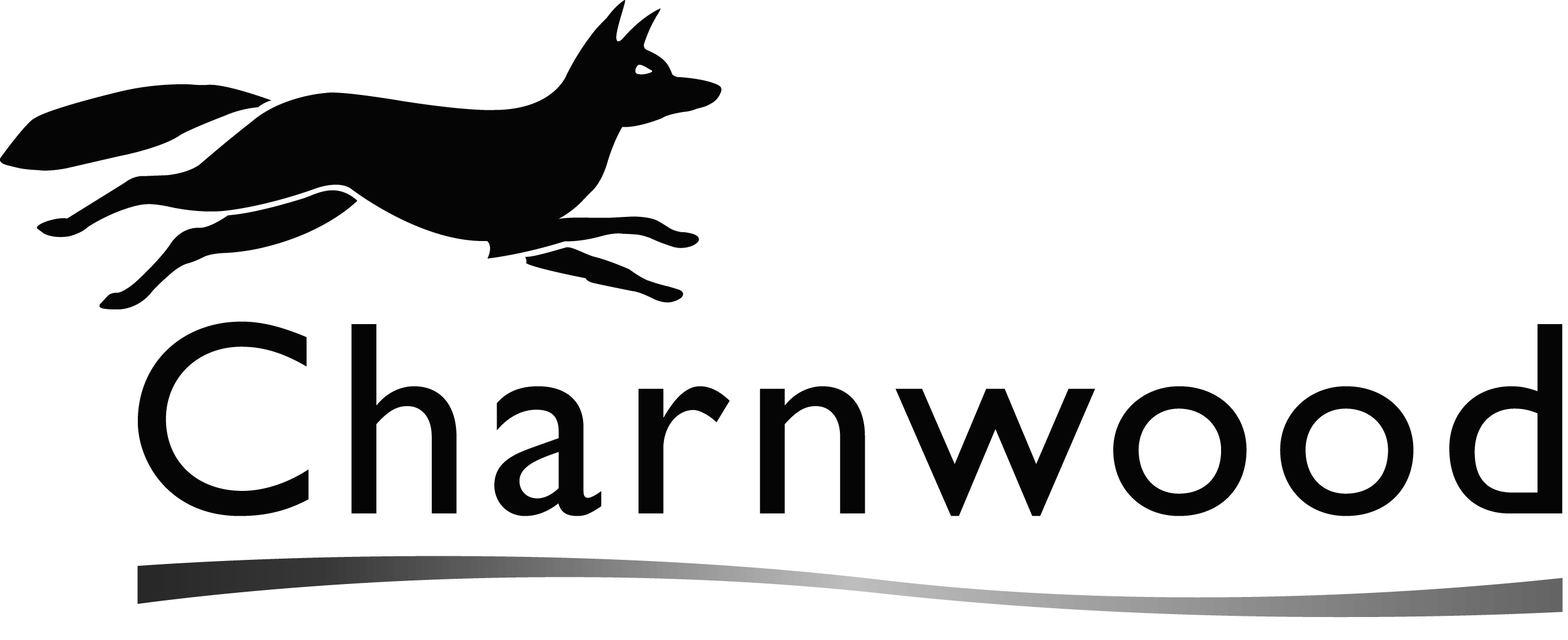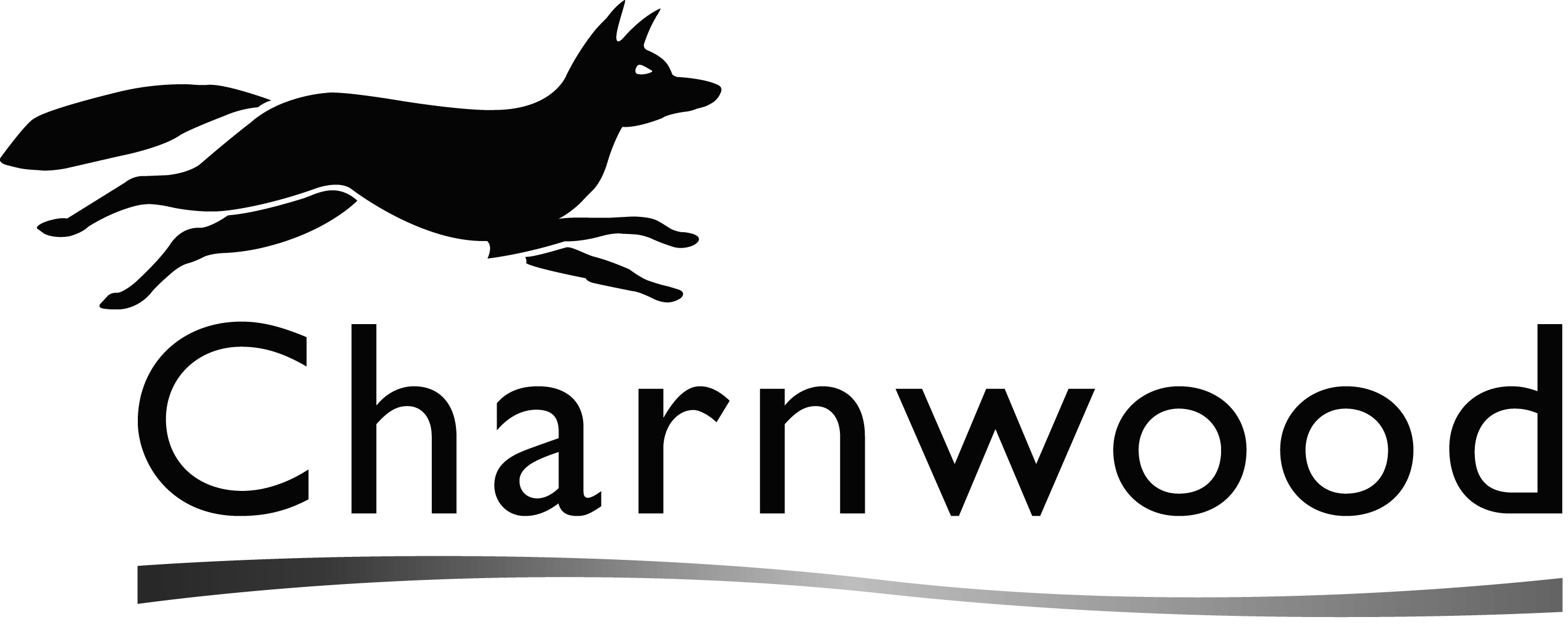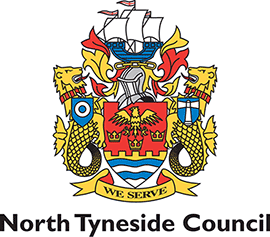Information
-
Audit Title
-
Document No.
-
Client / Site
-
Conducted on
-
Prepared by
-
Location
-
Personnel
-
Date of last inspection
Tree Characteristics
-
Tree number
-
Tree species
-
Form
-
Crown class
-
Age class
-
Pruning history
- Crown cleaned
- Excessively thinned
- Topped
- Crown raised
- Pollarded
- Crown reduced
- Flush cuts
- Cabled/braced
- Multiple pruning events
- None
Tree Health
-
Foliage colour
-
Epicormics
-
Foliage density
-
Leaf size
-
Twig dieback
-
Woundwood development
-
Vigor class
-
Major pests/diseases visible
Site conditions
-
Site character
-
Landscape type
- Raised bed
- Container
- Mound
- Lawn
- Shrub border
- Wind break
-
Recent site disturbance
- Yes
- No
- Construction
- Soil disturbance
- Grade change
- Line clearing
- Site clearing
-
Pavement lifted
-
Driveway lifted
-
% dripline paved
-
% dripline with fill soil
-
% dripline grade lowered
Target
-
Use under tree
- Building
- Parking
- Traffic
- Pedestrian
- Recreation
- Landscape
- Hardscape
- Small feature
- Utility lines
-
Can target be moved
-
Can use be restricted
-
Occupancy
Tree defect
-
Suspect root rot
-
Exposed roots
-
Mushroom/conk/bracket present
-
Lean
-
Soil heaving
-
Decay in plane of lean
-
Roots broke
-
Soil cracking
-
Lean severity
-
Compounding factors
Recommendations
-
Prune
-
Deadwooding, as described under clause 7.2.2:
-
a) Prune to remove dead branches (including stubs)
-
Thinning, as described under Clause 7.2.3:
-
a) Reduce canopy density through removal of lower order branches whilst retaining the main structural branches of the tree NOTES: • Thinning should not produce the effect of ‘lions tailing’ or ‘feathering’
-
Selective Pruning, as described under Clause 7.2.4:
-
a) Prune to remove dying diseased and conflicting branches
-
b) To allow a maximum 1.5m clearance from the external face and above the roof of the dwelling house, prune to remove branches at the point of attachment or branch collar
-
c) Lower branches at point of attachment
-
Formative Pruning of Young Trees, as described under Clause 7.2.5:
-
Prune branches to: • Enhance form and improve structure, or to directionally shape the young tree • Reduce the development of structural weaknesses • Accommodate site constraints and reduce encroachment on utilities or buildings as the tree grows
-
Crown-Lifting, as described under Clause 7.3.3:
-
a) Prune to remove the lowest branches to achieve a maximum clearance of X m
-
Reduction pruning, as described under Clause 7.3.2:
-
a) Prune by reducing the overall length of branches to internal lateral branches NOTES: • The lateral branches to which the final cut is made should be at least one third of the diameter of the branch being reduced at the point of the final cut • Reduction pruning is not lopping or topping
-
Remedial Pruning, as described under Clause 7.3.5:
-
a) Prune damaged, diseased or lopped branches back to undamaged or healthy tissue
-
b) The final cut may not be at the branch collar
-
c) Carry out the pruning several stages in an attempt to induce stable and successful regrowth
-
d) Manage regrowth by reduction pruning, thinning and/or general pruning
-
Regularly monitor the tree to avoid future hazards caused by weak branch attachments
-
Inspect further
-
Comments






